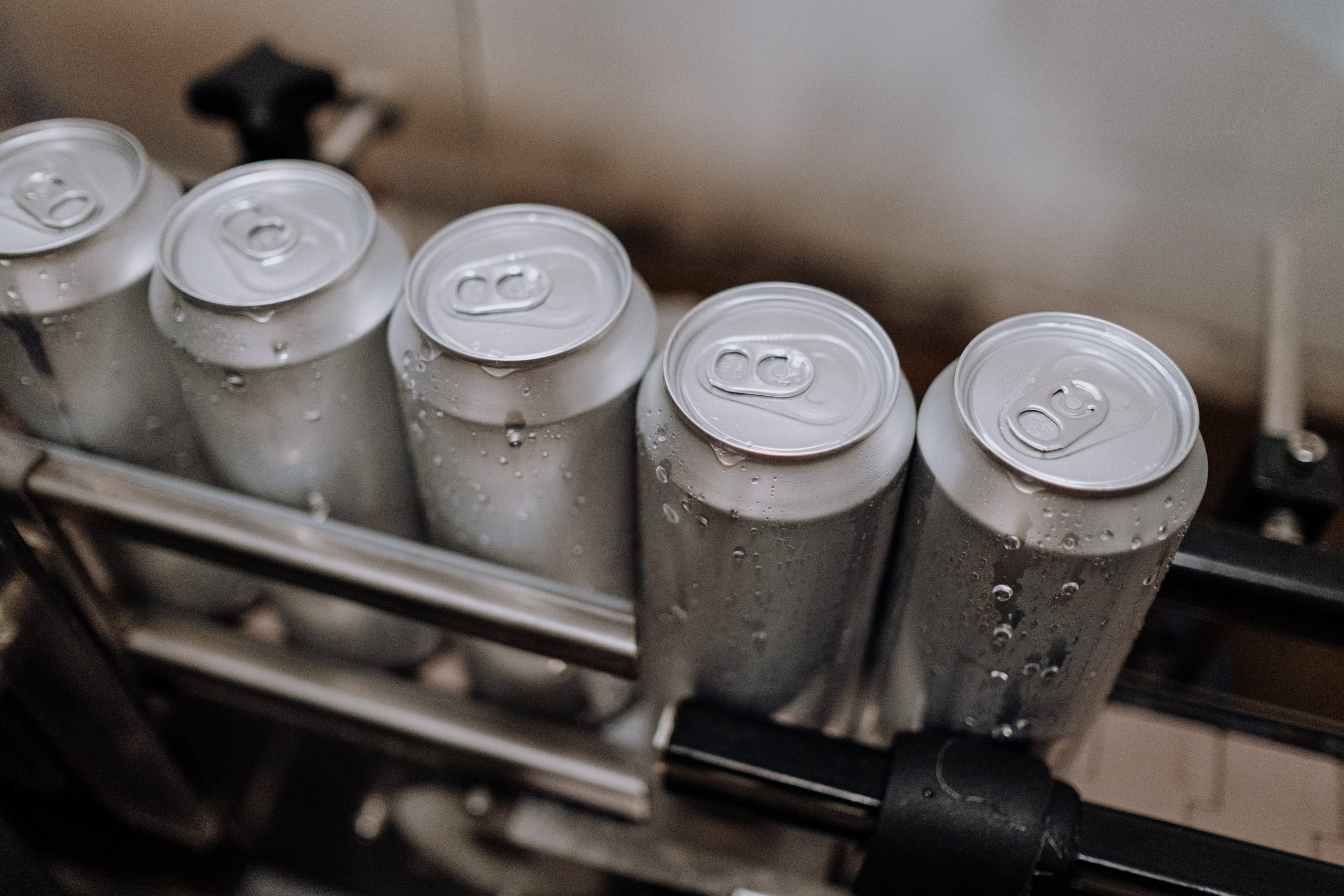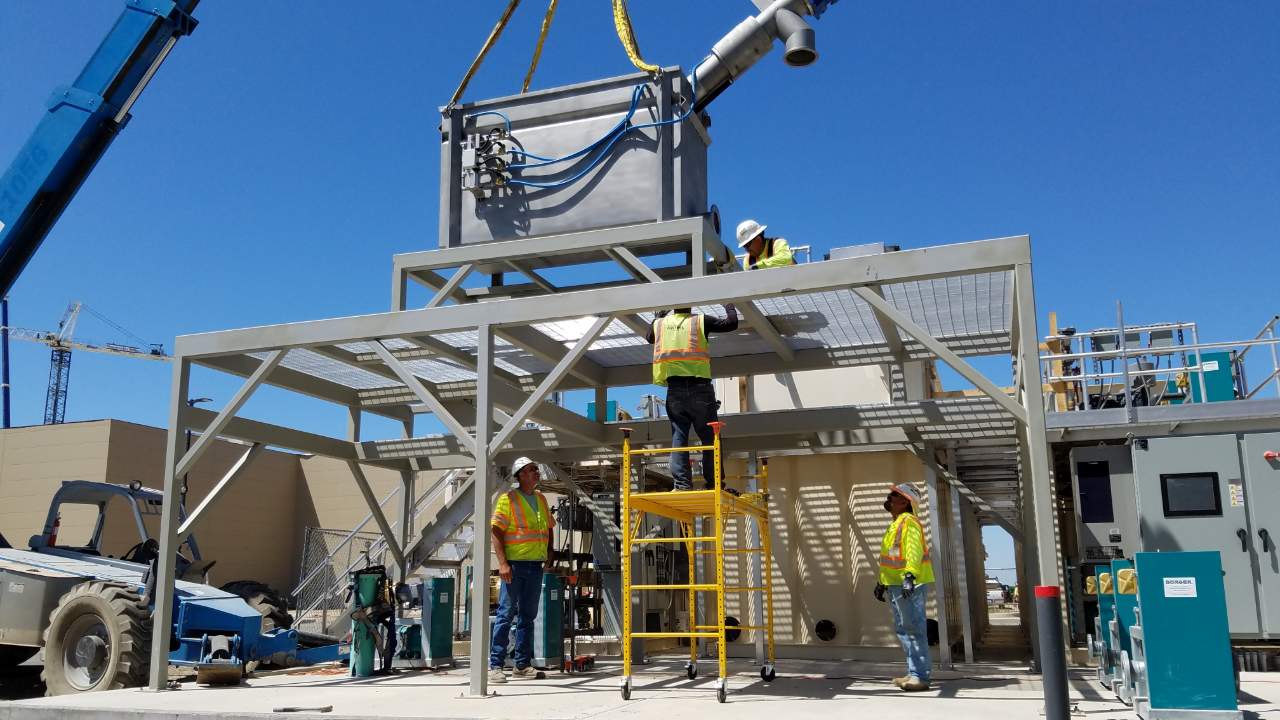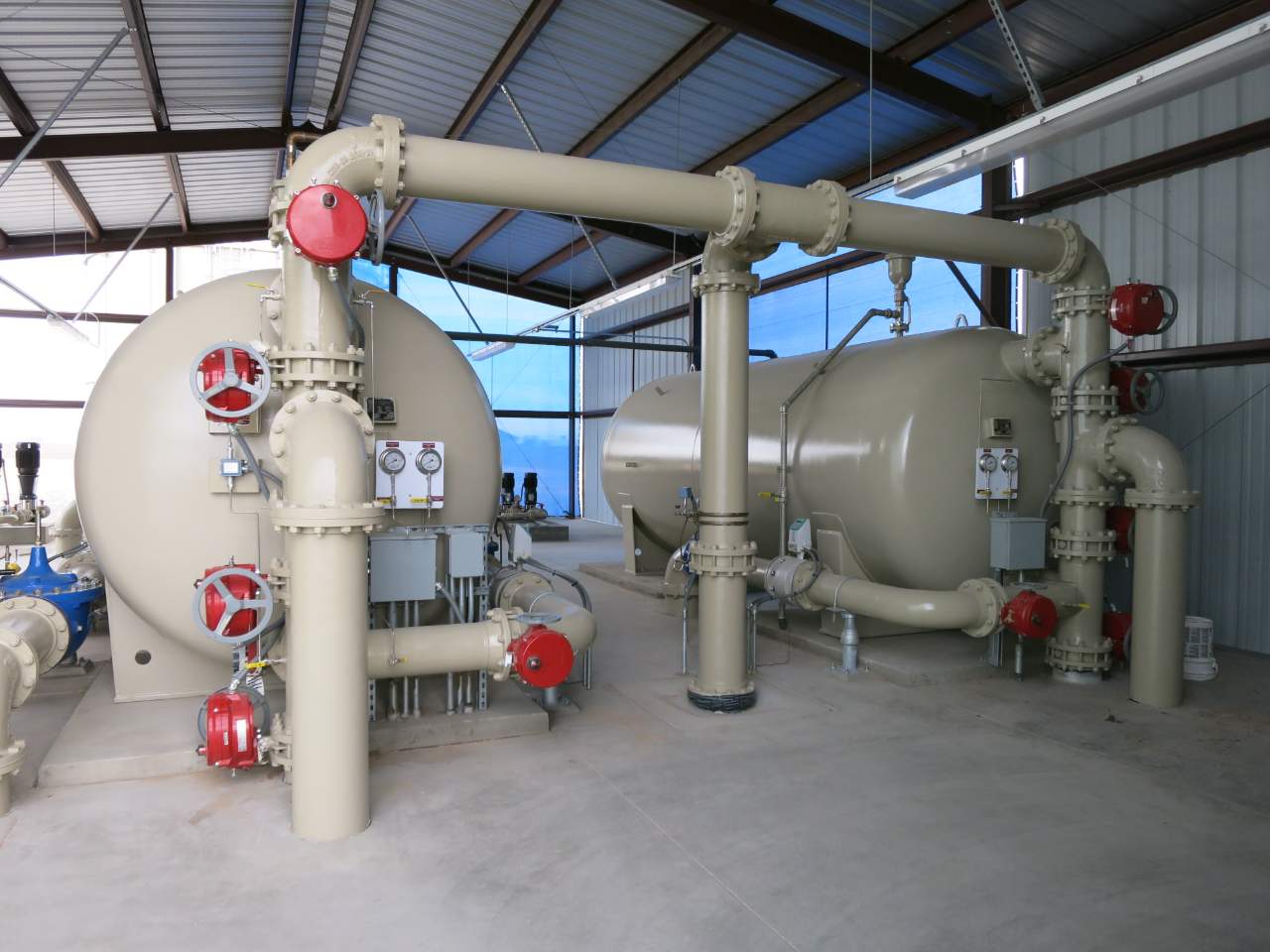Modular Wastewater Treatment: Fueling Sustainability in Food & Beverage

The Water-Heavy Nature of the Industry
In the quest for a more sustainable future, industries worldwide are reevaluating their water consumption practices to minimize their environmental impact. In the food and beverage sector, where water is a precious resource integral to production, the reuse and recyclability of wastewater have emerged as crucial components of sustainability initiatives. This series will explore the innovative ways food and beverage facilities are turning wastewater from a liability into a valuable resource—including integrated, modular wastewater treatment solutions.
Food and beverage producers use a significant amount of water (a typical brewer uses up to 7 gallons of water to produce 1 gallon of beer), with water serving various purposes, from cleaning and processing to ingredient preparation. This heavy reliance on water comes with environmental consequences, including the generation of wastewater. Embracing a decentralized approach strategically situates treatment solutions closer to the water source. Forward-thinking facilities not only recognize the potential of wastewater for reuse but also harness this approach for increased efficiency, accelerated processing speed, and cost reduction. Implementing strategic approaches transforms this byproduct into a sustainable resource, marking a pivotal shift in industry practices.
Advanced Treatment Technologies
To ensure the safe and effective reuse of wastewater, food and beverage facilities are turning to advanced treatment technologies. Processes such as biological treatment, membrane filtration, and advanced oxidation are employed to purify wastewater, meeting stringent quality standards for reuse.
What sets these technologies apart is their adaptability and efficiency. For example, a winery can implement a membrane bioreactor (MBR) solution to retrofit and upgrade an existing wastewater treatment system or as part of new stand-alone, compact, integrated solution. These membrane-based products typically offer high quality effluent, take up considerably less space than conventional activated sludge systems, which means they provide better energy efficiency. The treated water can be reused and repurposed for irrigation.
Furthermore, digital controls and automation technologies are revolutionizing management practices. Integration of smart sensors, real-time remote monitoring, and automated control systems optimize the efficiency of these advanced treatment processes. These innovations enable precise regulation and adjustment of parameters for multiple facilities at once, ensuring consistent, high-quality treatment while minimizing energy consumption and operational costs.
By leveraging remote controls and automation, facilities can gain visibility on valuable data that allows them to fine-tune their wastewater treatment operations, and respond swiftly to fluctuations in demand or varying wastewater compositions. This level of precision not only enhances the reliability of the treatment processes but also maximizes resource utilization, making these systems even more sustainable and cost-effective overall.
Today, membranes, automated control systems, and remote monitoring capabilities can be integrated into modular systems, exemplified by turn-key technologies such as the BluBox MBR. Utilizing modular treatment solutions that standardize on pre-integrated and pre-tested membrane products, alongside advanced controls and automation technologies, regardless of the treatment’s specific application, can significantly expedite delivery and deployment. This approach often circumvents regional supply constraints, consequently minimizing delays in project completion. This modularity also allows facilities the flexibility to scale and expand as per their evolving requirements. The significance of these cutting-edge systems extends beyond mere water conservation. but also mitigates potential environmental and health risks associated with untreated wastewater.

The synergy between advanced treatment technologies and sophisticated controls and automation is propelling the industry toward a future where wastewater treatment is not just a necessity but a cornerstone of sustainable resource management and environmental stewardship.
Non-Potable Reuse: From Wastewater to Resource
Innovative facilities are finding creative ways to repurpose treated wastewater for non-potable purposes within their operations. This includes using treated wastewater for irrigation, cooling systems, and even in cleaning processes. By recognizing that not all water needs to be of potable quality for specific applications, the industry is unlocking opportunities to maximize the utility of treated wastewater while minimizing the strain on freshwater resources.
Regulatory Compliance and Industry Standards
As the food and beverage industry adopts wastewater reuse, it’s crucial to navigate the intricate web of regulations and standards governing this practice. Numerous regions are forging guidelines aimed at ensuring the safe and responsible repurposing of wastewater. Take, for instance, Colorado’s Code 85, which delineates rules safeguarding the state’s water sources from contamination and detrimental substances. This code spans a wide spectrum, encompassing the control of substances discharged into water bodies, continual monitoring of water quality, and the implementation of measures to uphold or enhance it.
California boasts some of the most comprehensive and stringent regulations nationwide. The state has meticulously outlined specific guidelines for diverse wastewater reuse scenarios, including the Title 22 regulations that delineate treatment standards for recycled water.
Texas, notably in its arid zones, has been concentrating on wastewater reuse. The Texas Commission on Environmental Quality (TCEQ) has instituted rules categorizing different types of reuse, ensuring that treated wastewater adheres to precise quality benchmarks. And this trend extends beyond just these examples.
Collaboration across industries and unwavering compliance with established standards stand as pivotal pillars in fostering trust among stakeholders and securing the enduring success of initiatives centered around wastewater reuse.
From Waste to Resource
In the dynamic landscape of the food and beverage industry, the reuse and recyclability of wastewater are transforming the way facilities approach water management. By viewing wastewater as a resource rather than a waste product, the industry is not only reducing its environmental impact but also fostering a culture of innovation and sustainability. As advanced treatment technologies and industry standards continue to evolve, the future holds promise for a more water-efficient and environmentally conscious food and beverage sector, where every drop of water is valued and reused wisely.
Follow us as we do a series of blogs about reuse and recycling of wastewater in the food and beverage industry.
12/7/23: We’ll take a deeper dive into advanced treatment technologies, including the advancements in controls and automation.
12/14/23: We’ll look at tightening regulatory requirements specific to the food and beverage industry.
12/21/23: We conclude the series with a discussion on how incorporating wastewater reuse and recycling is a powerful catalyst for enhancing your Environmental, Social, and Governance (ESG) initiatives.
Ready to learn more about how we can help you upgrade your facility or start your build-out? Talk to an expert today!
Want to learn more? Read some of our similar articles:
Sign up for the Integrated Water Services newsletter.
We share important perspectives and news on MBR wastewater treatment every two weeks.


